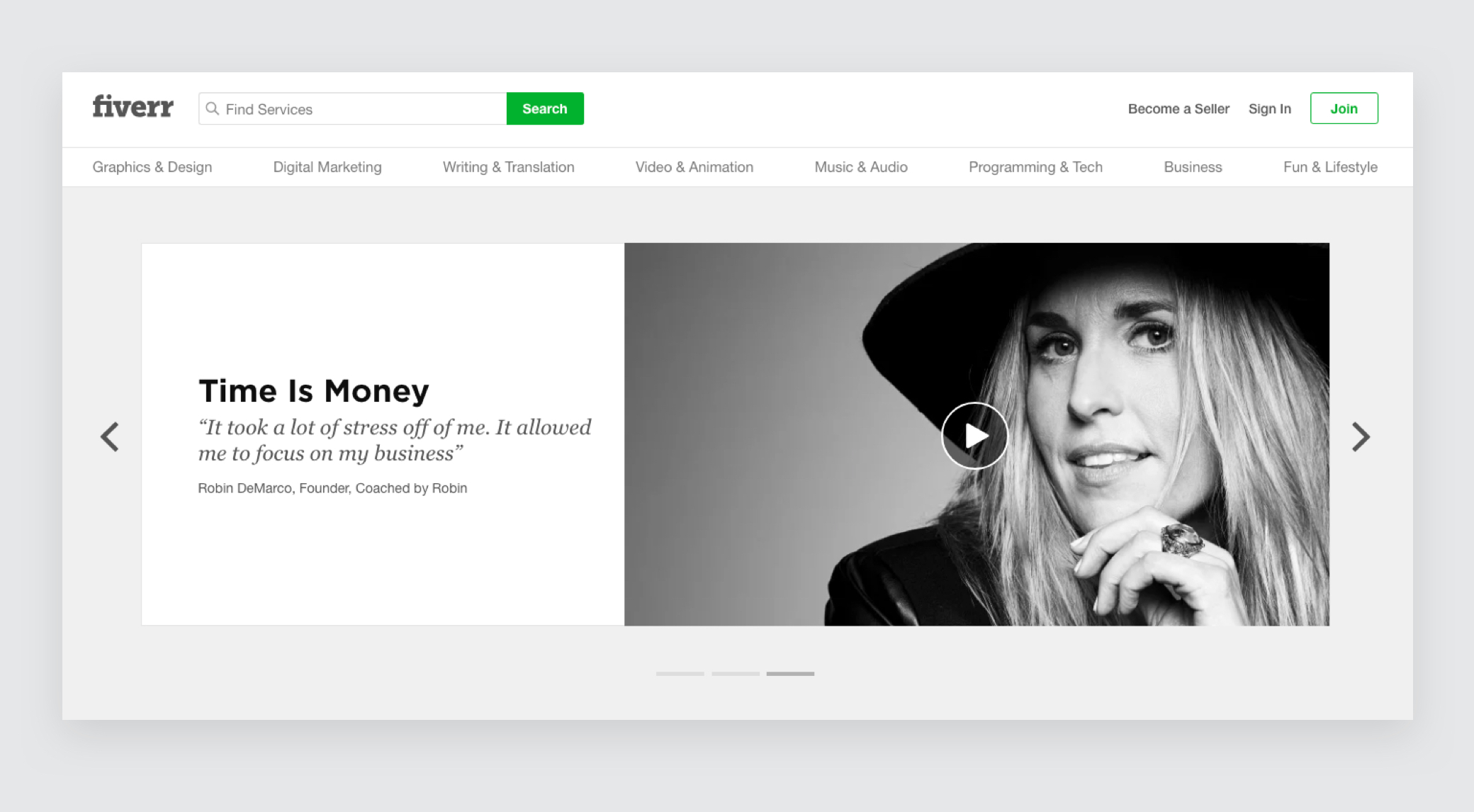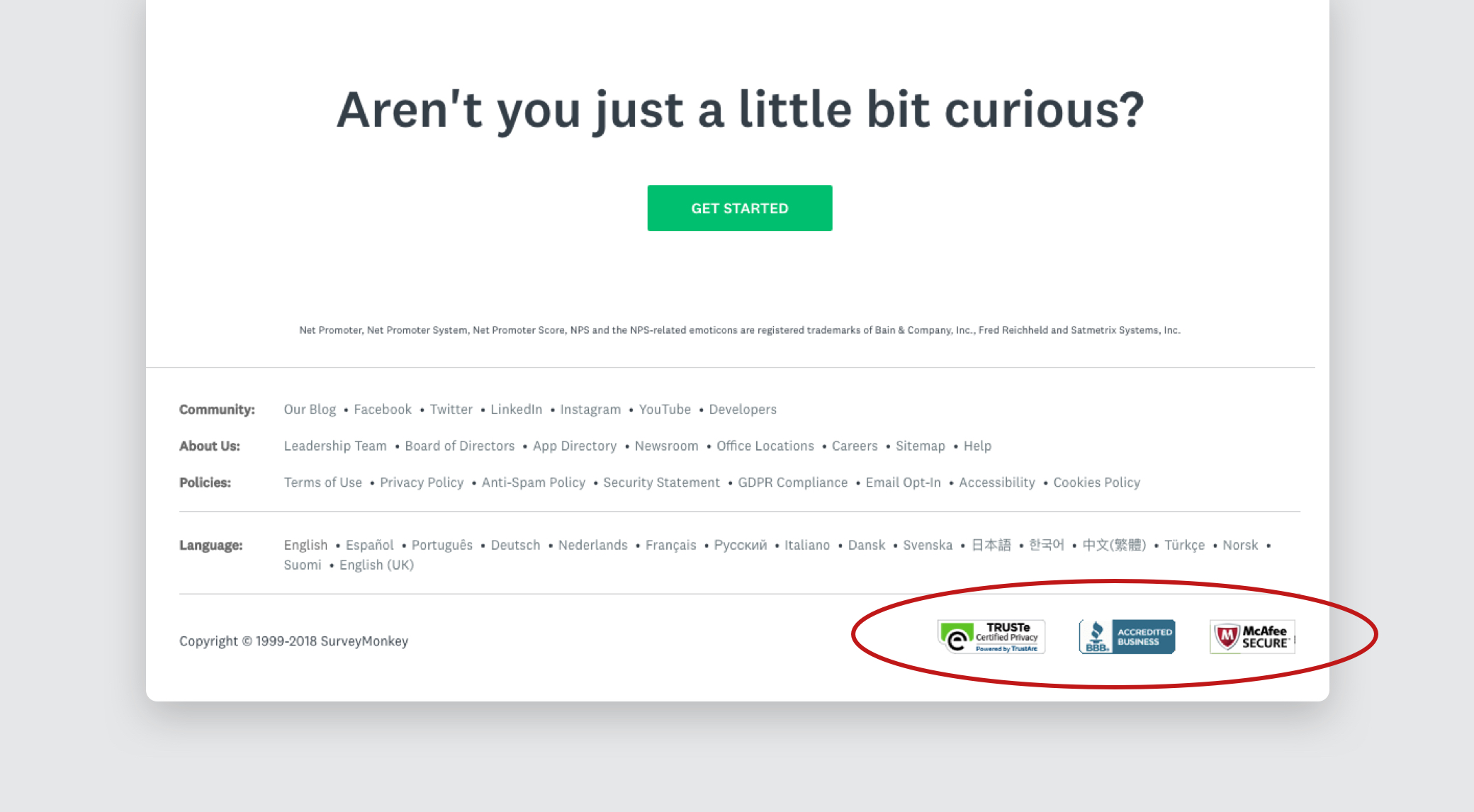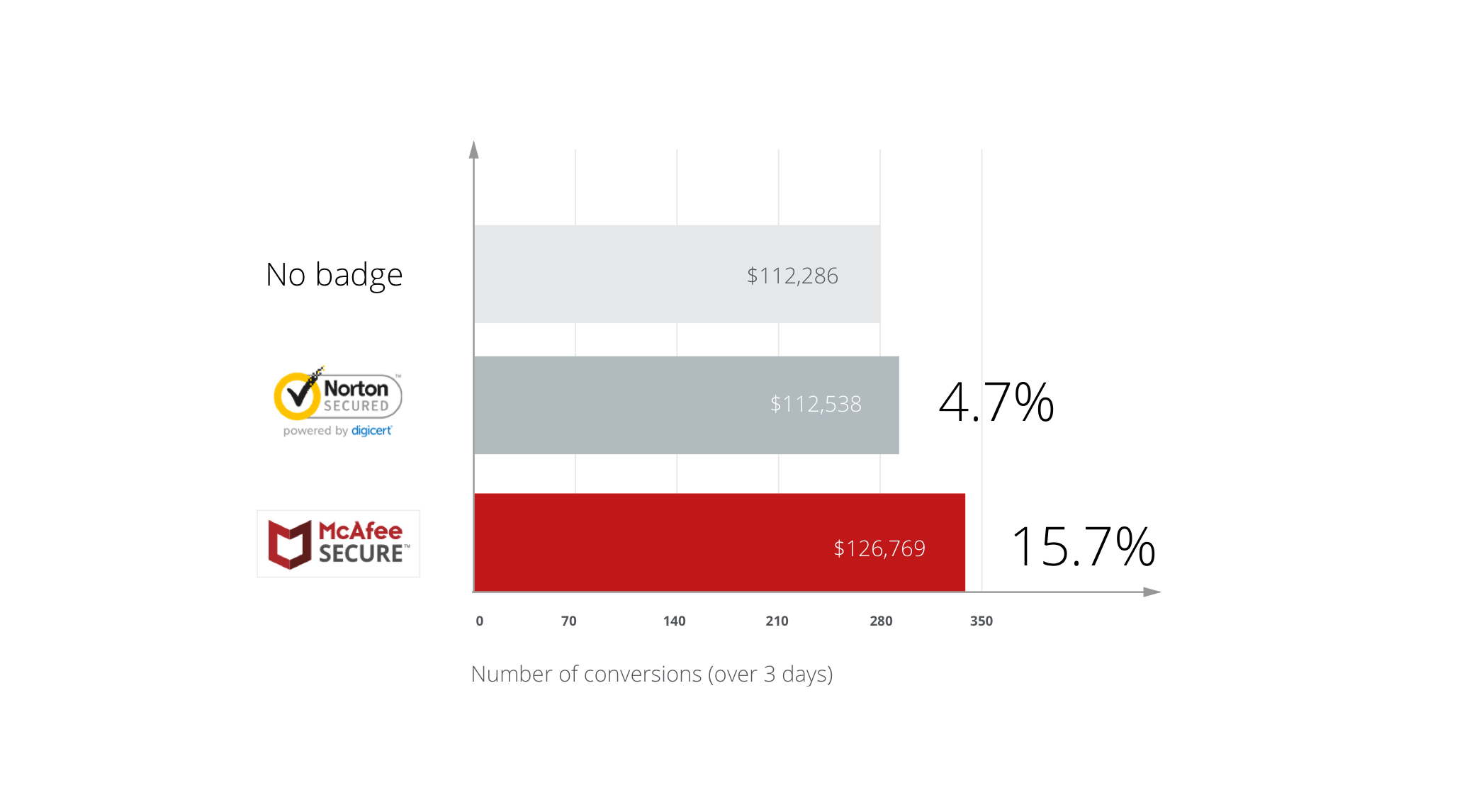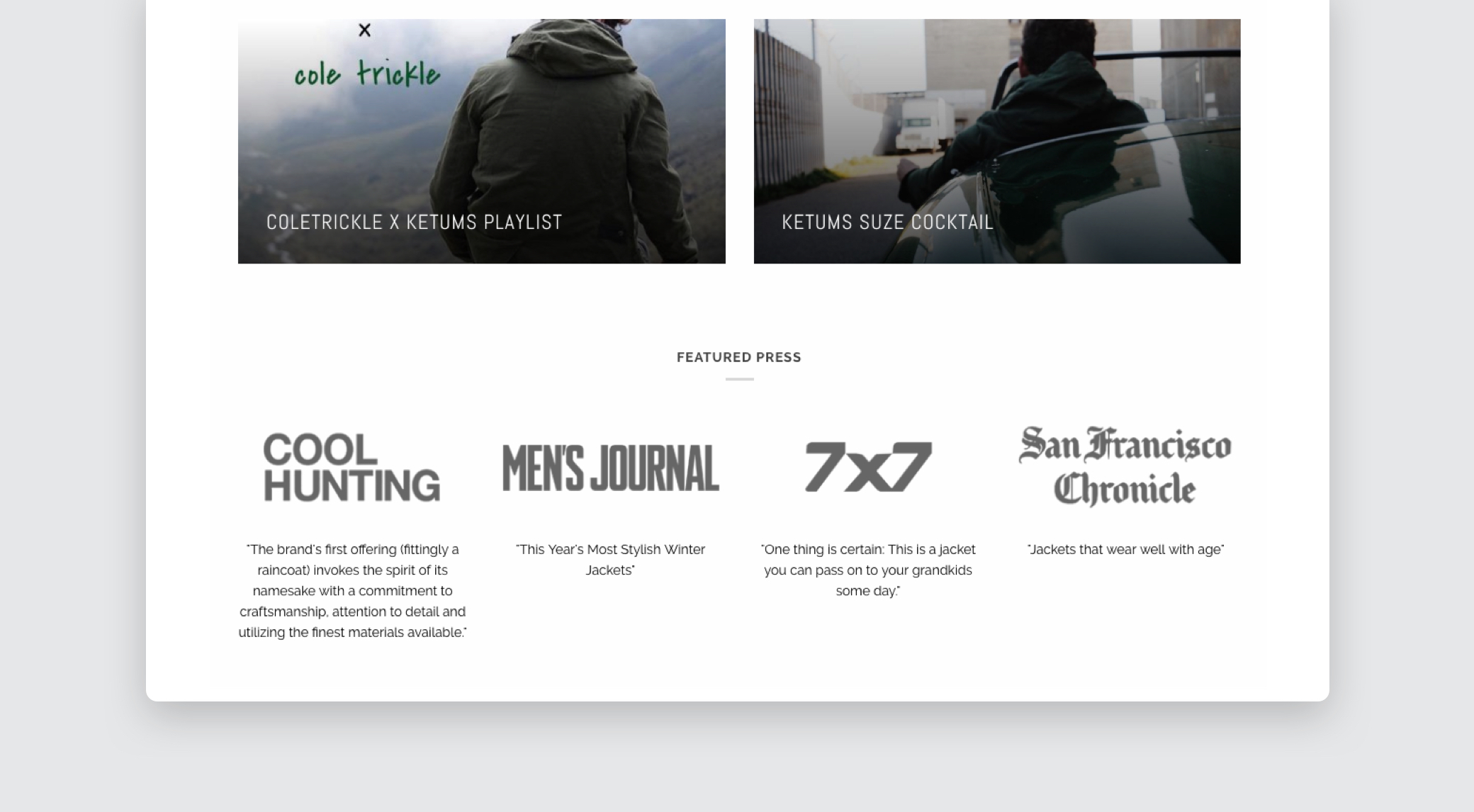How mid-sized ecommerce companies can maximize credibility with online shoppers

It’s tough being a new retail brand in 2018, but even if you manage to develop and stock great products, grow your business, and win the loyalty of customers, the challenges don’t go away. They just change.
Even once you’ve made a name for yourself, you’re probably not going to be a top-of-the-mind brand for your market. If you’re in footwear, you have to compete with Nike. If you’re in furniture, there’s Ikea. If you’re in outdoor apparel, there’s REI.
And the list goes on and on.
As a mid-sized company — not yet one of the big fellas, but no longer just starting out — the strategies for growth and scale are different.
But there’s one thing that’s consistent for ecommerce marketers selling mid-sized retail brands: to scale your business, you need to have your customer’s trust.
In this post, we’re going to show you how to gain trust and credibility throughout your customer’s shopping experience.
1. Show off your happy customers
One of the best and most popular ways to win the trust of new customers is to point to your old ones. It’s a way of saying, “Hey, all those people had a great experience with my brand, and you will too.”
It’s what marketers call social proof, and there are plenty of ways to do it.
You can display reviews on your product pages. You can add a widget to your site that alerts visitors when someone else has made a purchase. You can include case studies or more in-depth customer profiles.
Those ways are all good, and you should use them if you want, but one way we’re particularly big fans of is the testimonial video. Take a look at Fiverr, which connects freelancers to people who want to hire them.
Their homepage features a rotating carousel of testimonial videos of happy customers all describing how helpful and valuable the service is:

The video adds a great personal touch0—it’s not just a picture with their words, it’s a voice too. You feel like you know this person, which helps gives their words credibility. And when you’re looking to build trust, that’s incredibly valuable.
2. Run retargeting ads
If you don’t know, retargeting ads are served to customers who visit your site without making a purchase, and then leave. The ads follow them around the web, reminding them that they were interested in your product (don’t worry — it’s not as creepy as it sounds).
Here’s an example of one from Shutterstock, a stock photo company:

Retargeting ads accomplish a couple things. One, they’ll get customers to come back and follow through on their purchase. Two, even if they don’t, those retargeting ads will boost your brand recognition, keeping your name top of mind when they think about your industry.
This brand awareness and recognition acts as a form of credibility, as customers are more likely to trust brands they’ve heard of, according to a Harris Study in 2013.
3. Display a trustmark
Trustmarks, sometimes known as trust seals, are indicators that businesses put on their sites to let visitors know they’ve been vetted by trusted third-parties. Typically, they’re a way to show that a site has passed certain security requirements, or meet certain business standards.
SurveyMonkey displays a variety of seals in their website footer:

But which should you use? The conversion optimization experts at Inflow tested a variety of trustmarks and found some interesting conclusions.
One, they found that trustmarks work better for lesser-known brands — i.e. they’re ideal for mid-sized companies.
Two, they found that only the best known trustmark brands helped increase conversions, and that the lesser known trustmark brands actually hurt them!
So which trustmark helps the most?
Inflow ran an A/B test on tens of thousands of visitors and found that the McAfee SECURE trustmark increased conversions the most:

4. Highlight your press
Much like happy customers, fawning journalists are also valuable tools in your trust-building arsenal.
If your brand has been (positively) featured by a media outlet, it’s a good idea to highlight this somewhere on your website. It’s especially good if you have multiple bits of coverage from recognizable media sites, which lets you create a press testimonial section.
Check out this screenshot of Ketums, a jacket retailer:

By calling it “Featured Press”, they give the impression that they’ve been covered all over the place, and these are the ones they’ve chosen to display. This helps with your credibility, as the press coverage vets you, lending another voice to the chorus of people praising your brand.
5. Clean up those home and product pages
If you’re going to be competing with the biggest sites, you need to look as professional as they do. Your home page, as well as your product pages, need to be top-notch.
Absolutely nothing about them can set off any red flags, and that means keeping up with design trends. We tend to associate websites that look outdated with security risks, unfairly or not.
Take a look at this Inflow blog post to get a sense of what makes a great product page in 2018.
And when you’re considering your homepage, draw some inspiration from SmugMug’s incredible site. It’s image-heavy, easy-to-read, and has very friendly UI.
Conclusion
It’s almost impossible to compete with truly huge players — your Amazons, your Walmarts — when it comes to price and speed because of their immense scale and vast logistics networks. That’s why the smartest mid-sized companies are competing on brand quality. On top of everything, you cannot be a well-regarded brand if you’re not trusted, so follow these steps to boost your credibility!